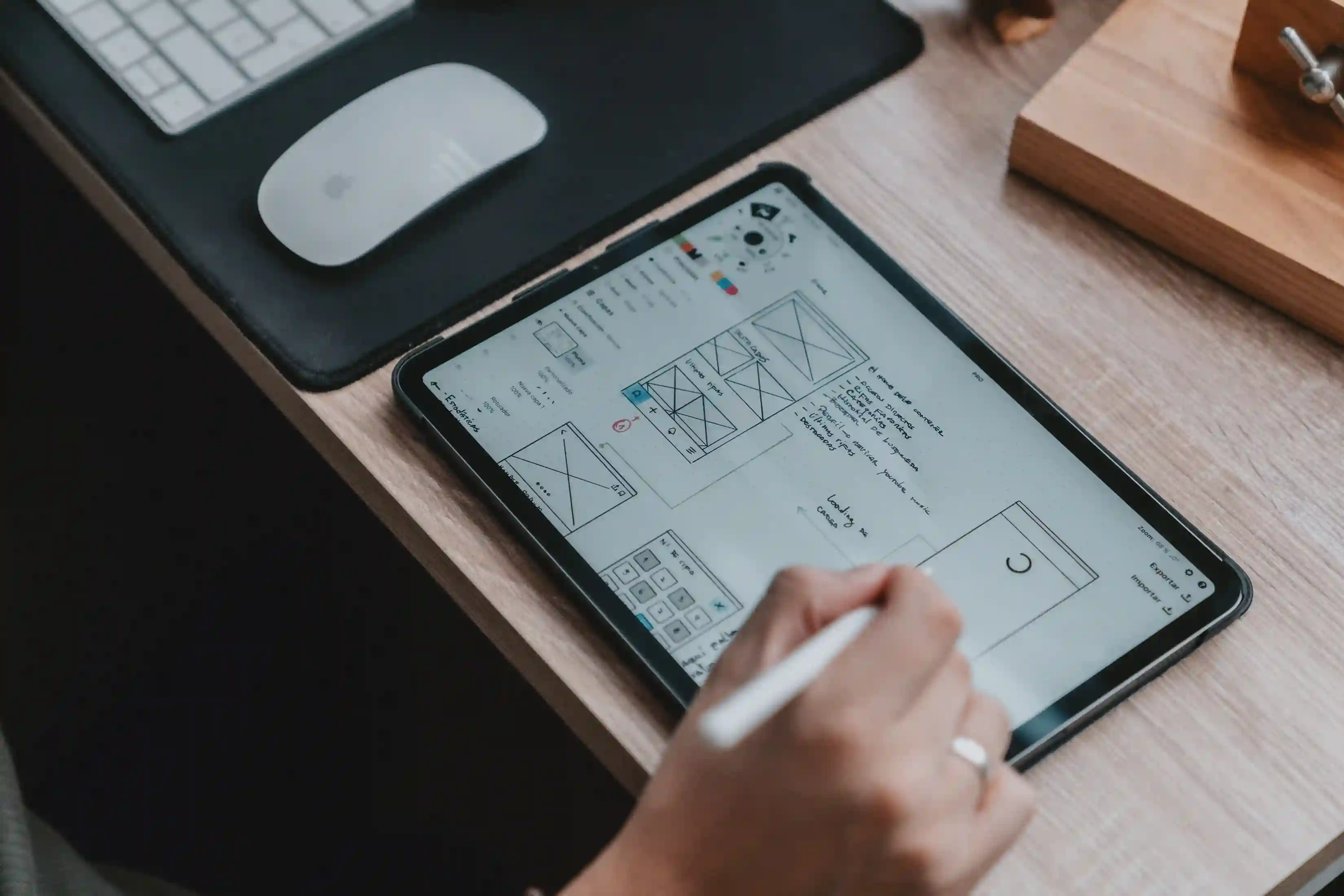In the realm of design, creating user-centric experiences is paramount. User-centric design puts the needs, preferences, and behaviors of users at the forefront, ensuring that the final product resonates with its intended audience. By incorporating insights from user research, empathetic understanding, and iterative feedback loops, designers can craft meaningful and impactful experiences. In this blog post, we explore the key insights and strategies for creating user-centric designs that delight, engage, and fulfill the needs of users
Understanding User-Centric Design
User-centric design places the user as the central focus throughout the design process. It involves gaining a deep understanding of the target audience, their goals, pain points, and aspirations. By empathizing with users and involving them actively in the design process, designers can create products and interfaces that are intuitive, enjoyable, and valuable to users
Conducting User Research
User research is a crucial step in creating user-centric designs. It involves gathering insights about users' behaviors, preferences, and needs through various methods such as interviews, surveys, and usability testing. By understanding users' motivations, frustrations, and goals, designers can make informed decisions and design solutions that truly resonate with the target audience
Empathy and User Personas
Developing user personas is an effective technique to foster empathy and keep users top of mind throughout the design process. User personas represent fictional characters that embody the characteristics, goals, and pain points of different user segments. They help designers empathize with users, make design decisions aligned with their needs, and create experiences that address specific user scenarios
Iterative Design and Feedback Loops
Iterative design is a fundamental principle of user-centric design. It involves creating prototypes or mock-ups, gathering feedback from users, and refining the design based on those insights. By continuously iterating and incorporating user feedback, designers can identify and address usability issues, optimize user flows, and ensure that the final design aligns with user expectations
Usability Testing and User Feedback
Usability testing plays a vital role in validating and refining user-centric designs. By observing users interacting with prototypes or the actual product, designers can identify pain points, usability issues, and areas for improvement. User feedback, whether collected through usability testing sessions, surveys, or analytics, provides invaluable insights that drive design decisions and enhancements
Accessibility and Inclusivity
User-centric design goes beyond catering to the average user; it also embraces accessibility and inclusivity. Designers should consider the diverse needs of users, including those with disabilities or different abilities. By incorporating accessibility standards and inclusive design principles, designers can create products that are usable and enjoyable by a wide range of individuals



